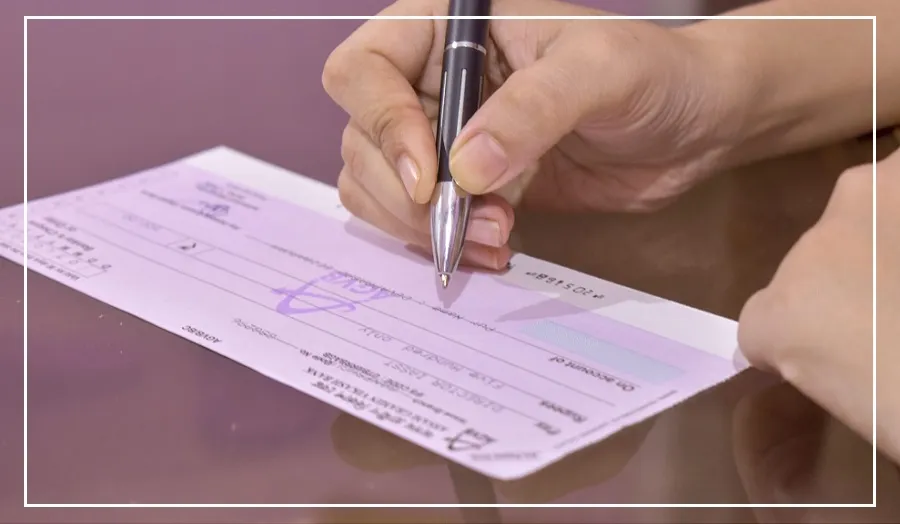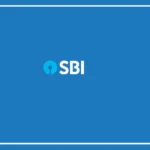Despite the rise of digital payments and UPI transactions, many people still use cheques for payments.
If you are one of them, it is essential to understand the rules to avoid costly mistakes like a bounced cheque or financial loss.
A cheque is a powerful financial tool, and knowing the proper usage, especially when issuing a bearer cheque, is vital for secure transactions.
The Importance of Signing the Back of a Bearer Cheque
Not all cheques require a signature on the back, but bearer cheques do. A bearer cheque is one that can be deposited into a bank without a specific recipient’s name.
To ensure security and confirm your consent for the transaction, you must sign the back of a bearer cheque.
Failing to do so could leave you vulnerable to fraud, as anyone with the cheque could attempt to cash it.
Why the Signature is Essential
If a bearer cheque falls into the wrong hands, the absence of your signature on the back could lead to financial loss.
Since the cheque lacks a recipient’s name, the bank needs your signature as confirmation that the transaction is legitimate.
Without it, the bank will not accept the cheque, and any mistake becomes your responsibility.
























